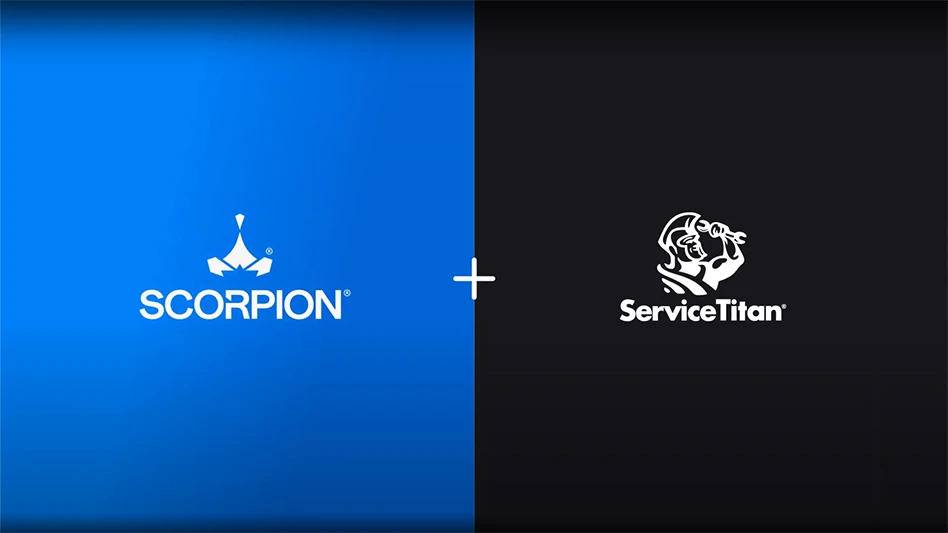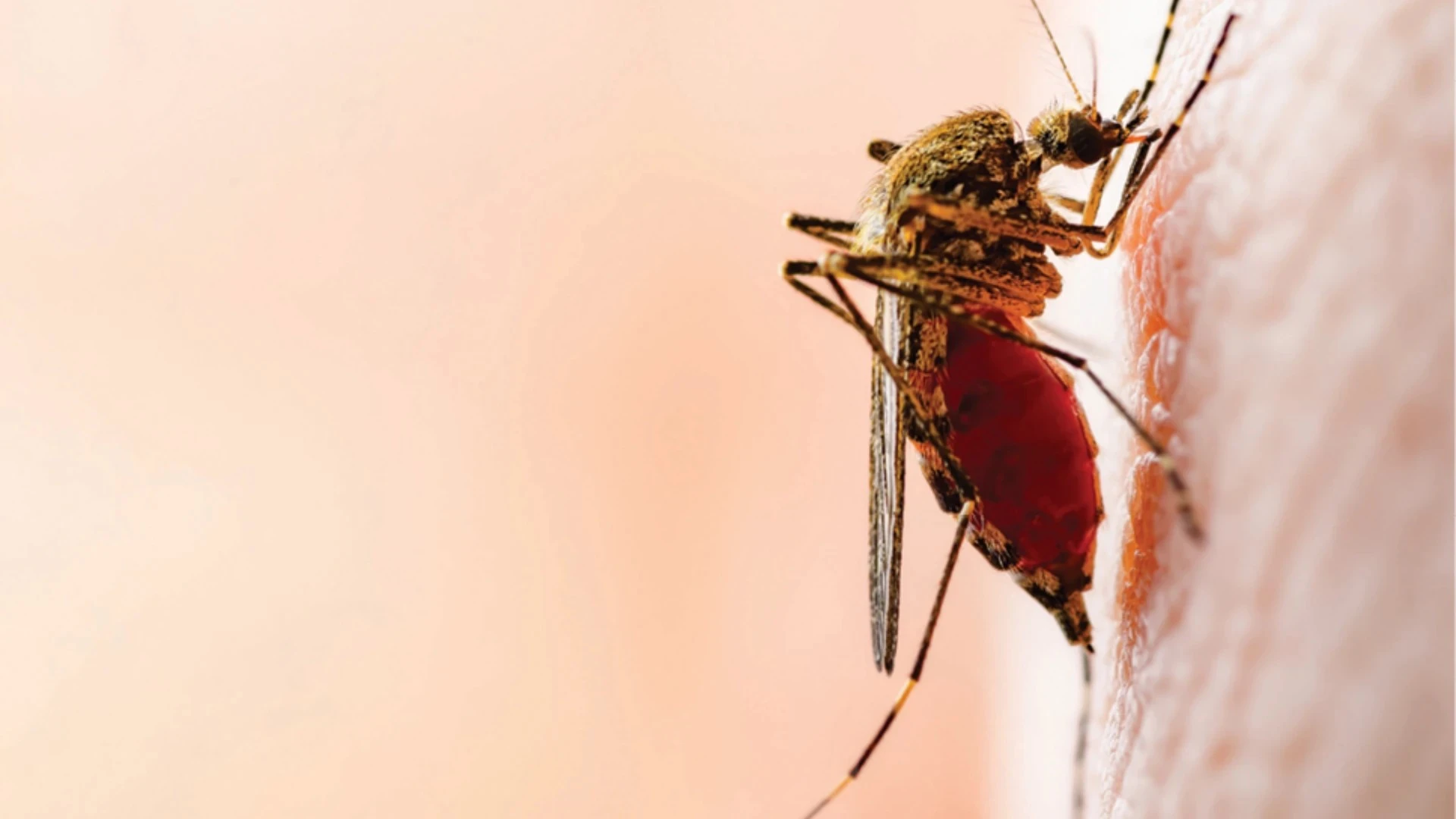Editor's note: This article originally appeared in July 2012 PCT.

Fleas are extremely important pests. They can thrive on pets, like cats and dogs, and they can be very irritating to humans. Some flea infestations are severe, to the point that they can cause anemia, especially for kittens and puppies.
The most prevalent veterinary problem that they cause for some pets is “flea allergy dermatitis” or FAD. FAD is caused when the flea punctures the skin for a blood meal and injects saliva. The flea saliva sets up a severe allergic reaction in the pet. As a result, the pet is severely irritated and causes self-inflicted trauma. Bacteria invade the wounds, causing pustules. The fur falls out, the wounds scab over and the pet really looks terrible. This sequence of events can be caused by a single flea bite on severely allergic animals. Because your customers feel their pets are part of their family, they will be asking your company for solutions.
About the Cat Flea. The cat flea is the most important flea in the United States. It attacks both cats and dogs, as well as many other animals. The cat flea life cycle is different from rodent fleas, and control is based on the biology and life cycle. Adult fleas live on the host all the time and take up to 20 blood meals a day.
|
Hands-On Tips for Eliminating Fleas By Phil Pierce Effective flea control is a challenge that requires a proactive, multifaceted approach that takes both time and effort. Effective flea control should encompass an Integrated Pest Management (IPM) approach both inside and outside of the customer’s home. Successful flea control programs will include the following tips and techniques.
1. Pet owners should examine pets daily and look for evidence of adult fleas and “flea dirt” (dried flea excrement). They should regularly use a flea comb to groom the pet. 2. Bathe and shampoo pets as instructed by the customer’s veterinarian. 3. Use a topical flea control treatment recommended by the customer’s veterinarian. 4. Both the customer and the PMP can use a vacuum to remove flea eggs, larvae, pupae and adults. Using a vacuum helps remove “flea dirt,” an important food source for flea larvae. 5. The customer should wash pet bedding once per week. Wash in hot, soapy water and dry at the highest heat setting.
1. Educate the customer. Provide a preparation letter or set of directions that helps the customer know what to expect and how to prepare for the PMP’s inspection and control work. Emphasize thoroughness — just one overlooked site that pets frequent will almost certainly lead to callbacks. Recommend removing clutter. 2. Perform the inspection and find the source(s) of the problem. 3. Identify the flea species. 4. Involve the customer. Encourage non-chemical methods such as vacuuming every two or three days using a crack and crevice tool. Remind the customer to replace the vacuum bag after each use. Stress the importance of continuing to use pet protection products. 5. Indoor treatment using insecticides. There are many effective compounds for flea control. Whatever product you select, add an insect growth regulator. 6. Outdoor treatment. Not all situations require outdoor treatment; the decision will depend upon the results of a thorough outdoor inspection. Generally, fleas do not survive outdoors in hot, sunny areas such as well-manicured lawns. Instead, they prefer moist, shaded spots where pets rest or areas frequented by wildlife. 7. Follow-up service. Always schedule a follow-up service to ensure your IPM program was successful.
The author is technical services manager, Western Pest Services, Parsippany, N.J. |
The eggs are laid on the host, but they are smooth and not attached to the host’s fur or skin. As a result, the eggs fall off the host into the carpet, onto the floor or into the lawn. We had one cat in our lab that produced 10,000 eggs in 24 hours with only an infestation of about 300 to 400 adult fleas. At the same time the eggs fall off the host, adult flea feces also fall off the host. The adult flea feces serve as flea larval food. From the standpoint of control, areas with pet access are going to have flea eggs falling off the pet. Areas where pets spend the most time will have the most eggs and flea feces. All areas where pets have access must be treated to kill flea larvae as they hatch from the eggs and contaminate their food sources.
Larvae hatch from eggs and infest premises both indoors and outdoors. All of these areas will need treatment. The flea larva has long hairs that protect it from predation, and the larva can coil around carpet fibers so they are difficult to remove with a vacuum cleaner. Larvae are going to be found in highest numbers where pets spend the most time. A cat usually sleeps about 80 percent of the time so most flea breeding occurs close to where the cat sleeps. Of course, pet bedding and resting areas should be checked for flea feces and larvae. These places also are important locations for treatment.
When flea larvae are mature, they pupate. The pupae are found close to larval habitats. The last stage larva will spin a silken cocoon and incorporate debris from its habitat so it is camouflaged. We used to grow flea larvae in white play sand, so our pupae were always white in color and looked like a pile of boulders when viewed with a magnifying glass. We have a bottle of 300,000 flea pupae in our lab, which is enough to kill six cats from blood loss. If the fleas pupate in an apartment where the previous resident had a pet, and the new resident does not have a pet, pre-emerged adult fleas will remain in the pupal cocoon up to three to six months or until stimulated to emerge. These pre-emerged adults are protected from treatments. We have taken flea pupal cocoons, put them in a tea bag and dunked them in spray mixtures in a pest control sprayer. The fleas survived the dunking and were able to emerge and bite the host. Many flea control failures are due to pre-emerged fleas being stimulated by new residents to emerge, jump on the human host and bite.
Adult fleas are well adapted for jumping onto a pet and moving through the fur. They can jump up to 50 times their height to get onto a host. They have claws on their tarsae for holding onto hair of fur. The diameter of the hair is important for fleas. They are not able to reproduce on humans because they use all their energy jumping and moving rather than producing eggs.
One of the signs of a flea infestation is adult flea feces. Flea feces usually fall off the animal, but a heavily infested animal with wiry fur can completely change color to blood red, because flea feces are a dark red color. Infested animals also usually have tapeworms. The tapeworms lay eggs into proglottids (egg sacs) that are mobile, crawl out the butt of the animal and fall on the ground. Flea larvae consume the eggs and the immature tapeworms develop in the larvae and remain in the adult flea. When pets groom adult fleas and swallow them, the tapeworms are transmitted to pets. Tapeworms also have been found in people who have accidently ingested infected fleas.
Cat Flea Control. Flea control needs to be an integrated program that includes customer cooperation, veterinary treatment of pets and treatment of infested premises by pest management professionals. Customer cooperation includes combing pets with flea combs, washing and shampooing the animal every two weeks, and vacuuming flea larval breeding areas indoors to remove flea feces, eggs and adults. Customers also can have carpets steam cleaned, pet bedding can be washed, pet bedding and floors can be washed, and wild animals can be excluded from the premises.
Direct topical treatment of animals is starting to fail, probably due to resistance in flea populations. Many products are registered for direct treatment and include oral medication for animals and spot-on flea products. Many of the spot-on products are now not in favor with customers because the treatment is put on the shoulders of the animals. These treatments are easily transferred to owners and children when they pet or hug their animal.
There are several techniques and products available for pest management companies. First, do not apply any topical treatments directly to pets. IGRs are extremely effective for flea control and can be applied to the entire pet living area, both indoors and outdoors. Methoprene is not photostable and can only be used effectively indoors. Pyriproxyfen is photostable and can be used both indoors and outdoors.
An effective three-step program for pest control companies involves 1) treating flea larval breeding areas with boric acid dust (e.g., Borid is registered), 2) IGR larvicide all areas both indoors with methoprene (e.g., Precor, Precor 2000+) or indoor/outdoors with pyriproxyfen (e.g., Nylar, Ultracide), and 3) registered residual pyrethroid plus synergist (e.g., Exponent, Kicker, Zen-prox) to all flea-infested areas.
Borate dust will contaminate the flea larval food with borates and kill larvae when they feed. Borate dust is a good way to treat pet bedding and cracks in floors to control larvae. An IGR can be applied in aerosols indoors to infested rooms. It only takes 10 seconds to treat 80 to 100 square feet and a full can will treat more than 2,500 square feet. Prior to the flea season, pyriproxyfen can be applied to outdoor breeding sites. These treated sites will stop flea larval development for up to seven months; so one IGR treatment can last a full season. Pyrethroid treatment of infested areas needs to have a synergist added to the spray mixture. The synergist blocks enzymes in resistant fleas from detoxifying the insecticides. The synergist makes the residual insecticide work better.
In the early 1990s, veterinarians took over the flea control business. Now their products are not working as effectively as in the past. The flea business is starting to return to the pest management industry. Are you and your technicians ready to take on the business? If not, you will be missing a great opportunity to grow your pest management company.
Dr. Phil Koehler is an entomologist with the University of Florida. Roberto Pereira is an associate scientist in urban entomology with UF’s Institute of Food and Agricultural Sciences.
Latest from Pest Control Technology
- OvoControl Now Available in Chile
- Envu Announces Savings Programs for Pest Management Professionals
- Follow the Trail
- Carpenter Ants: Understanding the Bothersome Burrowers
- Massey Services Acquires Insight Pest Solutions of San Antonio
- Target Specialty Products Expands Sales Leadership Team
- Mosquito Joe Promotes David Price to Vice President of Strategic Growth
- Abell Pest Control Recognized as One of Canada’s Best Workplaces in 2025





